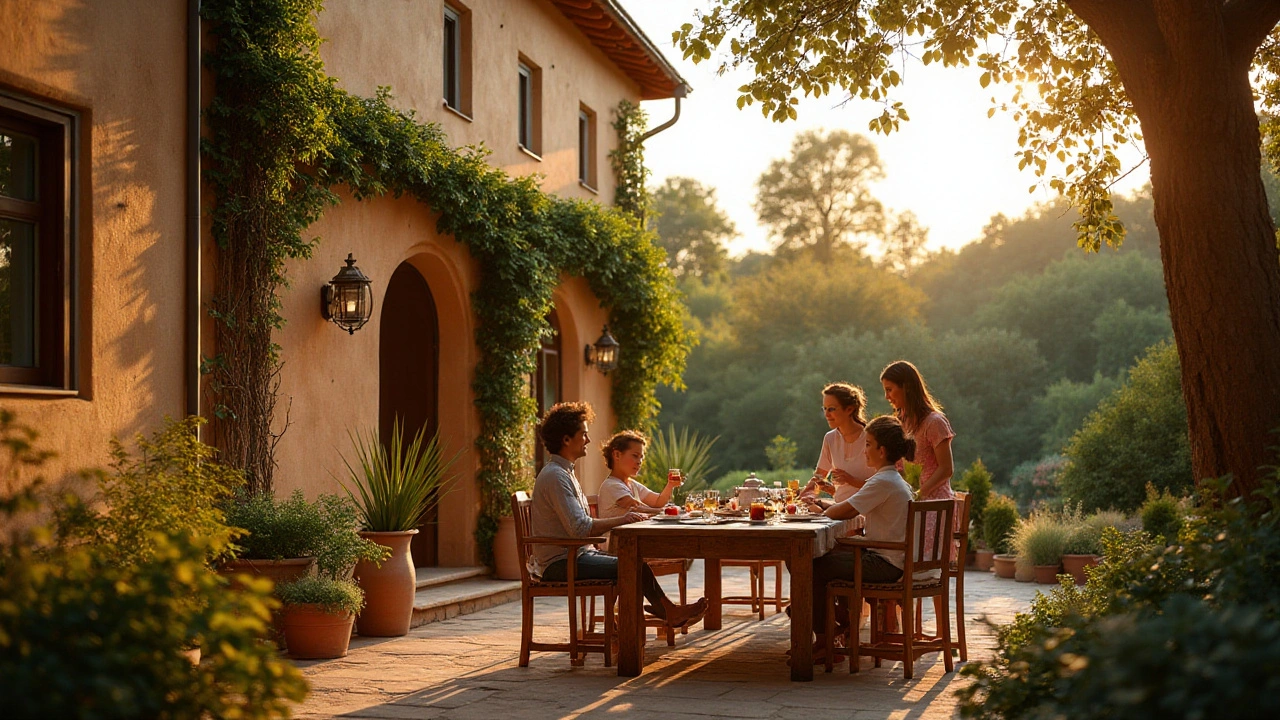Revival Style: A Practical Guide to Historic Architectural Revivals
Revival style means taking a clear look at the past and reusing its shapes, details, and tricks in new buildings. You see it in courthouse columns, church spires, row houses with classical pediments, and suburban homes with gambrel roofs. Knowing the basics helps whether you’re restoring an old place, picking a renovation style, or just spotting patterns on a city walk.
Revival movements often respond to taste, identity, or a desire to copy a perceived golden age. That’s why you get so many versions: Greek Revival used temple-like columns for civic pride, Gothic Revival brought pointed arches and vertical lines to churches and schools, and Renaissance Revival reintroduced symmetry, arches, and decorative cornices. Each revival borrows recognizable parts and repackages them for a new time.
How to spot revival styles
Look for a few clear clues. Greek Revival: big columns, triangular pediments, and plain white façades that echo ancient temples. Gothic Revival: pointed arches, steep roofs, finials, and stained-glass windows that aim for drama. Renaissance Revival: balanced façades, rounded arches, and heavy cornices. Dutch Colonial Revival: the gambrel roof (that barn-like double slope) and dormer windows. Beaux-Arts and Neoclassical revivals often mix sculpture, strong symmetry, and rich ornamentation. Once you know the key parts, spotting a revival style becomes a short, fun quiz while you walk through town.
Using revival style today
If you want to add revival elements to a modern home, pick one or two clear features—don’t try to copy an entire palace. A columned porch or a row of arched windows is enough to give a house a revival feel without making it a museum. For restorations, match materials and craft where possible: wood trim, lime-based mortar, and hand-cut stone keep a building authentic and last longer.
Preservation matters. Many revival buildings are civic anchors and carry local memories. Simple maintenance—ventilation, repointing masonry, and fixing roof flashings—prevents small problems from becoming major repairs. If you’re unsure, hire a conservator who knows traditional materials; modern fixes can harm heritage fabric if chosen without care.
Finally, mixing old and new can work well when you respect proportion and detail. A modern glass addition that mirrors the rhythm of original windows, or a new entrance that borrows a historic cornice line, can make a building feel cohesive. Revival style isn’t about copying the past exactly. It’s about using clear, proven shapes to tell a fresh story that still feels familiar.

Mediterranean Revival Architecture: Unraveling Its Timeless Appeal
Mediterranean Revival Architecture is a style that draws inspiration from the charm and elegance of Mediterranean countries. This article explores its historical roots, key design elements, and practical tips for incorporating its timeless appeal into modern homes. Discover how the blend of stucco walls, red-tiled roofs, and arched windows create a cozy yet sophisticated ambiance. Learn about the cultural influences that shape this style and why it remains popular today.
Read more